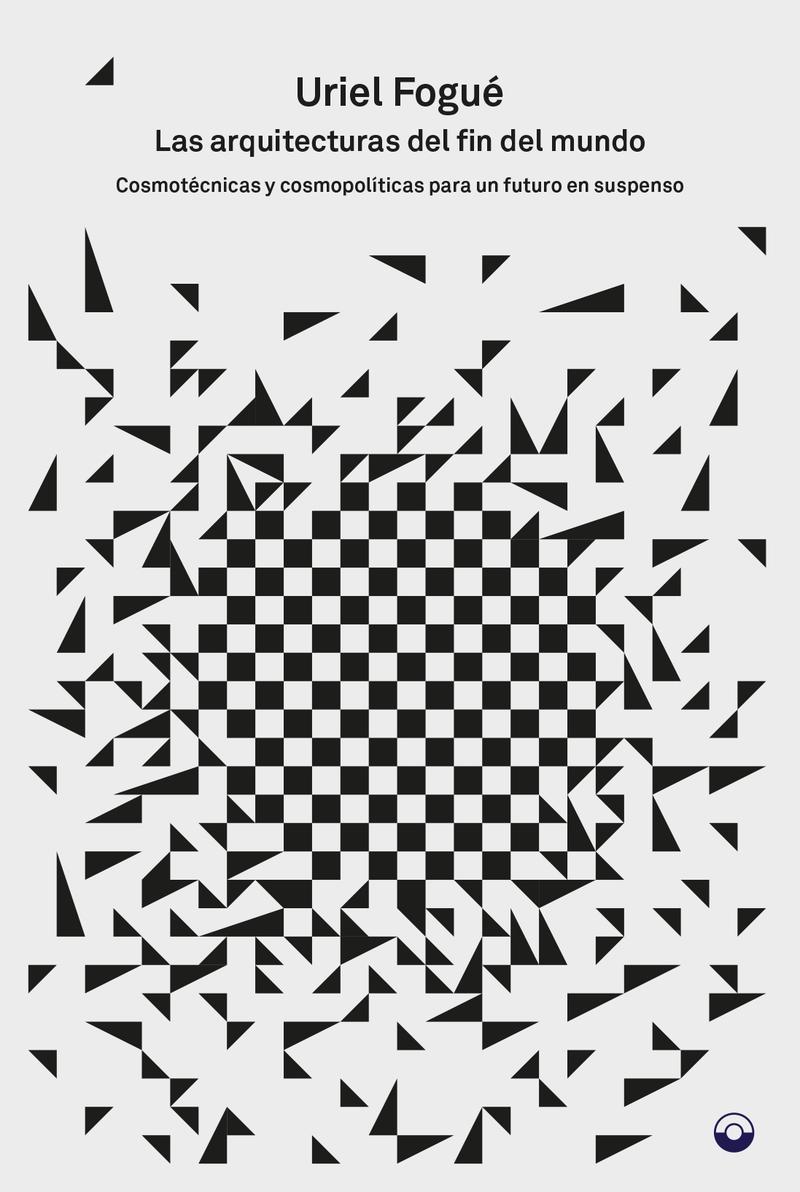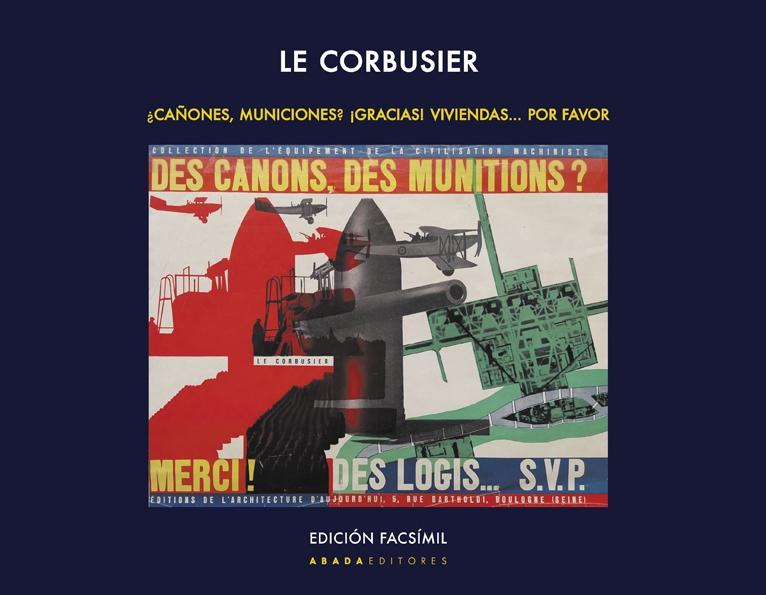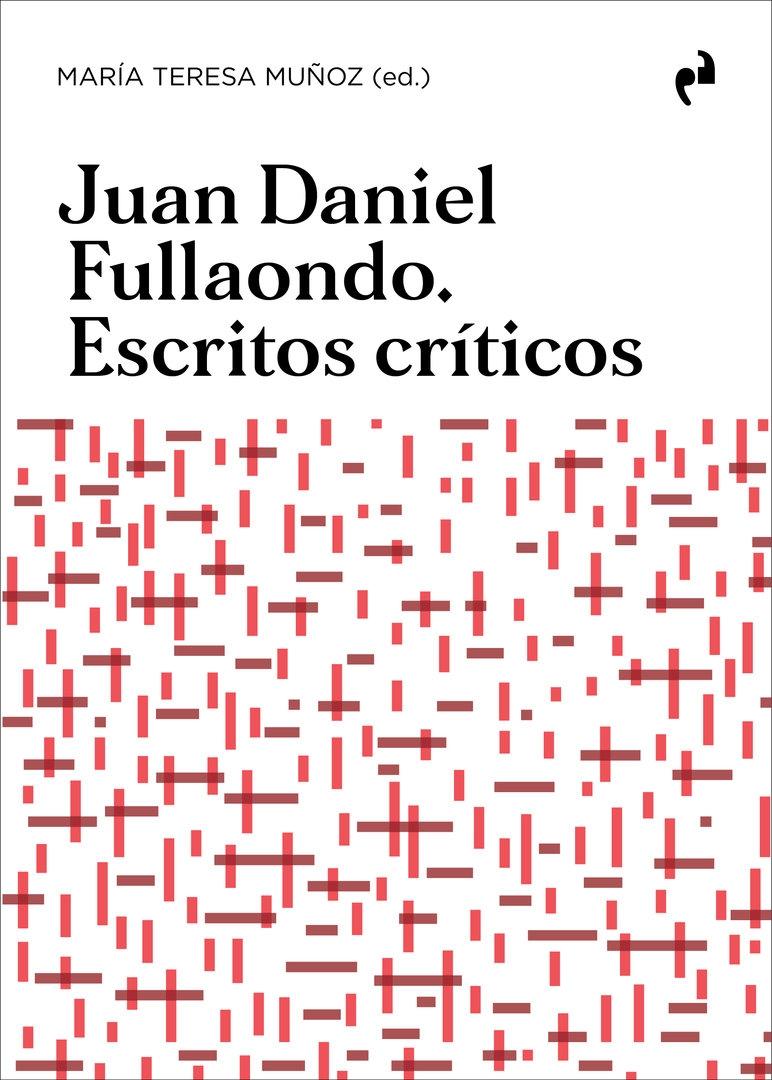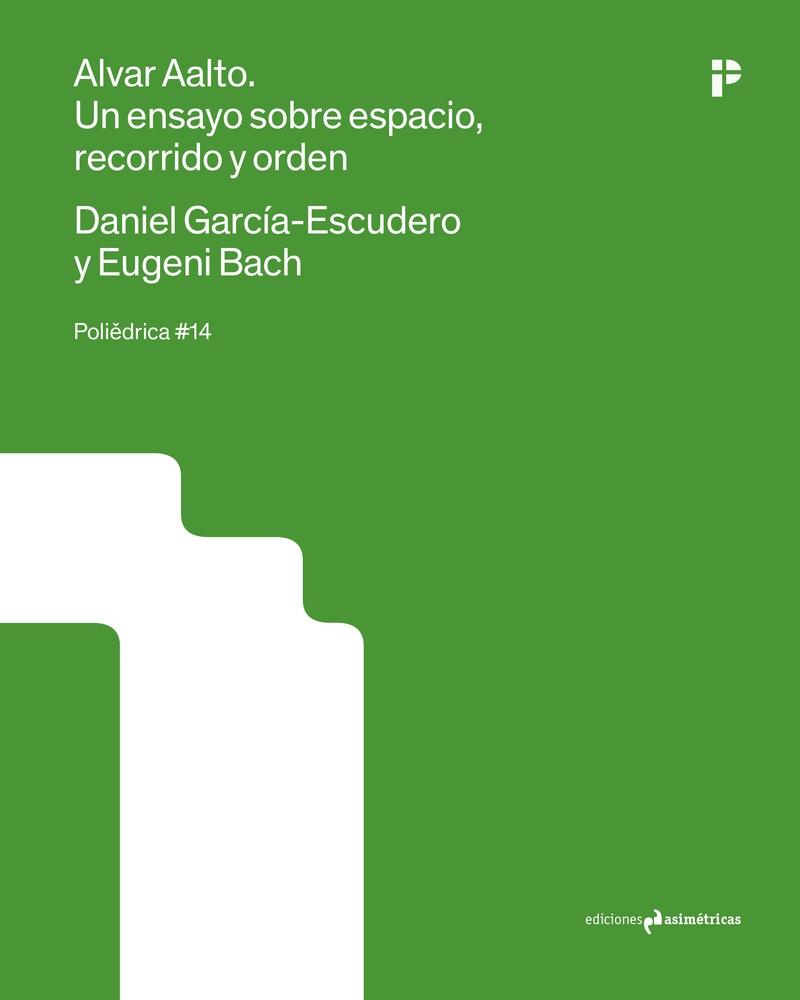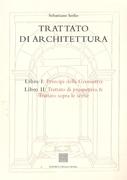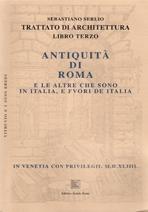SEBASTIANO SERLIO ON ARCHITECTURE. VOL. ONE *
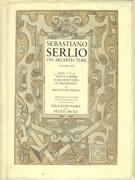
Autor/es
- EAN: 9780300062861
- ISBN: 978-0-300-06286-1
- Editorial: YALE UNIVERSITY PRESS
- Año de la edición: 1996
- Encuadernación: Cartoné
- Medidas: 28 X 21 cm.
- Páginas: 488
- Materias:
teoría: arquitectura y arte
tratados de arquitectura
Stock en Librería. Envío en 24/48 horas
pvp 120,00 €
Few Renaissance theorists have influenced the development of western architecture as much as Sebastiano Serlio (1475-1554). The collection of books which represents his lifetime's work was to become invaluable to the majority of northern European architects who, never having seen Rome, none the less marvelled at Italian antiquities. Hence when Christopher Wren designed St. Paul's cathedral, and when John Wood designed the streets of Bath, both architects had Serlio's books to hand. On his death Serlio had published the first five volumes of the planned seven-book treatise, and had witnessed their enormous popularity, especially amongst the many patrons and architects eager to emulate the splendours of antiquity and of Italian courts which sought her renaissance. Serlio's treatise begins with the rules of geometry and perspective, described in books one and two respectively, knowledge of which formed the traditional preserve of the painter. Serlio's beautiful woodcut illustrations in book three record the Golden Age of the Roman Empire, her Baths, Temples, Palaces and Arches, whilst his text in book four outlines the rules for designing modern elements ranging from fireplaces to facades based on these monuments. To the Tuscan, Doric, Ionic and Corinthian columns which had been discussed by the Roman author Vitruvius and the great quattrocento philosopher-architect Leon Battista Alberti, Serlio added the Composite and thereby established a canon of five Orders which held authority for over a century. The fifth book illustrates the use of these Orders in twelve temple designs of his own invention. This translation of Serlio's first five books by Vaughan Hart and Peter Hicks replaces theonly other English version, that produced in 1611 by Robert Peake, whose source was not the original Italian but a corrupt Dutch translation. As such this is the first English translation of Serlio's work to be based on his own editions and the first collection in any language of all five books taken from Serlio's corrected originals. It represents a major step in the recognition of Sebastiano Serlio as the most important architectural writer of the sixteenth century.

